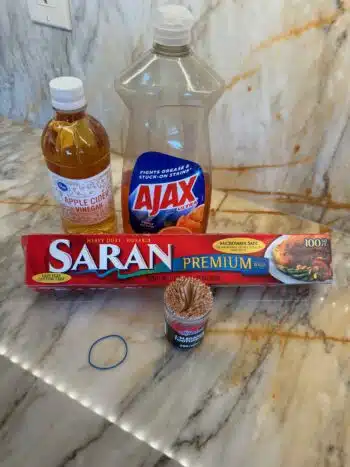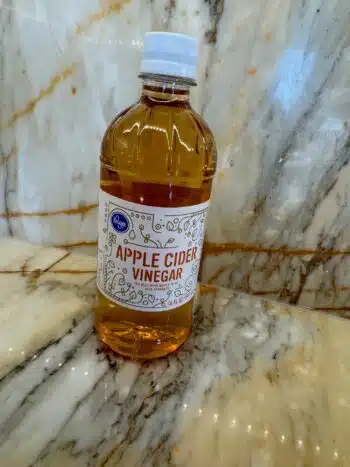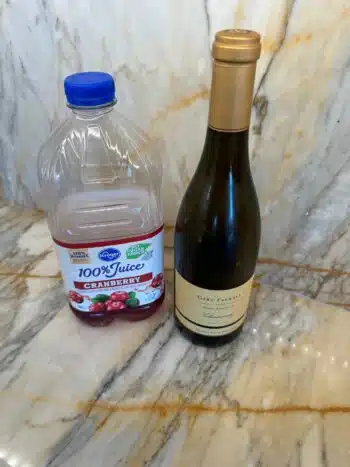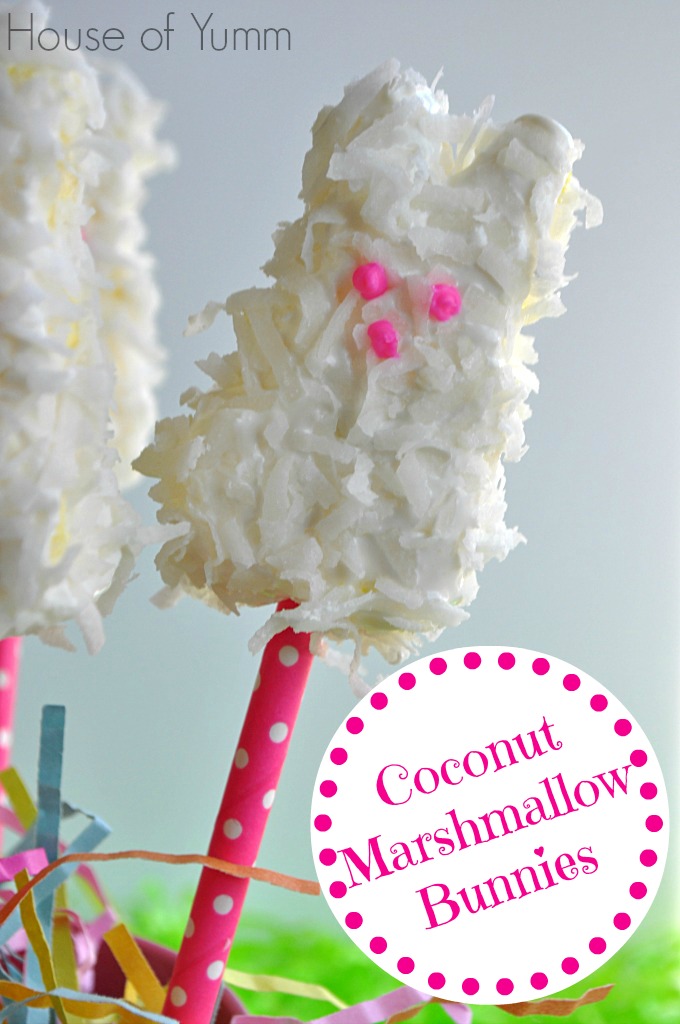As someone who loves fresh produce, fruit flies are one of my biggest pet peeves. These tiny pests can quickly take over your kitchen and ruin your favorite fruits and vegetables. Fortunately, there is a simple solution: a DIY fruit fly trap. In this article, I will share with you everything you need to know to create your own effective fruit fly trap.
Understanding fruit flies is the first step in designing an effective trap.
Fruit flies are attracted to the smell of ripening fruits and vegetables, as well as sugary substances like juice and wine. They lay their eggs on the surface of these foods, and the larvae feed on the fermenting matter.
By targeting these preferences, we can create a trap that will lure the flies in and prevent them from reproducing.
To design your fruit fly trap, you will need a few basic materials and some creativity.
There are many different designs to choose from, ranging from simple jars with holes in the lid to more complex setups involving funnels and tubing.
The key is to create a container that will attract the flies and prevent them from escaping.
With a little experimentation, you can find the perfect design for your needs.
Key Takeaways
- Fruit flies are attracted to ripe fruits and sugary substances.
- Designing an effective fruit fly trap requires creativity and experimentation.
- With the right materials and design, you can easily prevent fruit fly infestations in your home.
Understanding Fruit Flies
Life Cycle of Fruit Flies
As someone who has dealt with fruit flies before, it is important to understand their life cycle in order to effectively eliminate them.
Fruit flies have a relatively short life span, with adults living for about 8-10 days. During this time, females can lay up to 500 eggs on the surface of fermenting fruits and vegetables.
The eggs hatch into larvae within 24-30 hours and begin feeding on the fermenting material.
The larvae develop and grow for about 4-5 days before pupating. The pupal stage lasts for another 4-5 days before the adult fruit fly emerges and the cycle begins again.
Why Fruit Flies Are Pests
Fruit flies are considered pests because they can quickly infest a home or business, and can be difficult to eliminate once established.
They are attracted to ripened or fermenting fruits and vegetables, as well as sugary substances like juice and soda. They can also be found in drains, garbage disposals, and other moist areas where organic matter accumulates.
In addition to being a nuisance, fruit flies can also be a health hazard.
They can carry and transmit bacteria and other pathogens, which can contaminate food and surfaces. This can lead to food poisoning and other illnesses, particularly in vulnerable populations such as children, the elderly, and those with weakened immune systems.
DIY Fruit Fly Trap: Designing Your Fruit Fly Trap
Selecting the Right Container
When designing your DIY fruit fly trap, the first thing to consider is the container.
The container should be small enough to fit on your counter, but large enough to hold a reasonable amount of bait. A mason jar or a plastic container with a lid is an ideal choice for a fruit fly trap.
The lid will prevent the flies from escaping, and the clear container will allow you to monitor the trap’s progress.
Choosing an Effective Bait
The bait is the most important part of your fruit fly trap. It should be something sweet and sticky that will attract the flies.
Apple cider vinegar is a popular choice, but you can also use overripe fruit, honey, or sugar water.
Place the bait in the bottom of the container and add a few drops of dish soap. The dish soap will break the surface tension of the liquid and trap the flies.
Ventilation and Fly Entry
To ensure that your fruit fly trap is effective, it is important to provide proper ventilation and fly entry.
Use a toothpick or a fork to poke holes in the lid of the container. The holes should be large enough for the flies to enter but small enough to prevent other insects from getting in.
Place the trap in a location where the flies are most active, such as near your fruit bowl or trash can.
Assembling Your DIY Fruit Fly Trap
Step-by-Step Assembly Instructions
To assemble your DIY fruit fly trap, you will need the following materials:
- A clean jar or container with a lid
- Apple cider vinegar
- Dish soap
- Plastic wrap
- Rubber band
- Toothpick
- Pour approximately half an inch of apple cider vinegar into the jar.
- Add a few drops of dish soap to the vinegar and stir gently.
- Cover the jar with plastic wrap and secure it with a rubber band.
- Use a toothpick to poke several small holes in the plastic wrap.
- Place the trap in an area where you have seen fruit flies.
Remember to replace the mixture every few days or when it becomes full of fruit flies.

Safety Precautions
When assembling your DIY fruit fly trap, it is important to take safety precautions to avoid any accidents or injuries. Here are some tips to keep in mind:
- Be careful when using the toothpick to poke holes in the plastic wrap.
- Do not leave the trap in an area where children or pets can reach it.
- Make sure to wash your hands after handling the trap or disposing of any fruit flies.
Maintaining and Improving Trap Efficiency
Cleaning and Re-baiting
To maintain the effectiveness of the fruit fly trap, it is essential to clean and re-bait it regularly.
I recommend cleaning the trap every three to four days and re-baiting it with fresh bait.
To clean the trap, remove the lid and dispose of any dead fruit flies. Then, rinse the trap with warm water and dish soap to remove any remaining debris.
Avoid using harsh chemicals or bleach, as they can damage the plastic and reduce the trap’s effectiveness.
When re-baiting the trap, use fresh, ripe fruit or a mixture of apple cider vinegar and dish soap. Place the bait in the bottom of the trap and replace the lid.
Placement Tips for Maximum Effectiveness
The placement of the fruit fly trap is crucial for maximum effectiveness.
I recommend placing the trap in areas where fruit flies are most likely to gather, such as near fruit bowls, garbage cans, and compost bins.
It is also important to place the trap away from areas with high air flow, such as fans or air conditioning vents, as this can reduce the trap’s effectiveness.
In addition, avoid placing the trap in direct sunlight or near sources of heat, as this can cause the bait to dry out and reduce the trap’s effectiveness.
Frequently Asked Questions
How can I create a homemade fruit fly trap using a plastic bottle?
To create a homemade fruit fly trap using a plastic bottle, you will need to cut off the top of the bottle and invert it into the bottom half. Then, add some bait to the bottom half of the bottle, such as apple cider vinegar or a mixture of vinegar and dish soap.

The fruit flies will be attracted to the bait and will fly into the bottle through the small opening. Once inside, they will be unable to fly out.
What can I use as bait for an effective DIY fruit fly trap?
Apple cider vinegar is a popular and effective bait for a DIY fruit fly trap. Other effective baits include red wine, overripe fruit, and a mixture of vinegar and dish soap.
Is white vinegar effective in making a DIY fruit fly trap?
White vinegar is not as effective as apple cider vinegar in making a DIY fruit fly trap. However, it can be used as a substitute if apple cider vinegar is not available.
What are the best alternatives to apple cider vinegar for fruit fly traps?
Red wine, overripe fruit, and a mixture of vinegar and dish soap are effective alternatives to apple cider vinegar for fruit fly traps.

Can a mixture of vinegar and dish soap act as an efficient fruit fly trap?
Yes, a mixture of vinegar and dish soap can act as an efficient fruit fly trap. The vinegar attracts the fruit flies, while the dish soap reduces the surface tension of the liquid, causing the fruit flies to sink and drown.
What is the most effective DIY method for getting rid of fruit flies?
The most effective DIY method for getting rid of fruit flies is to use a combination of a fruit fly trap and good hygiene practices.
Keep your kitchen clean and free of food debris, store your fruits and vegetables properly, and dispose of any overripe or rotting produce.
Additionally, make sure to empty and clean your DIY fruit fly trap regularly to prevent the buildup of dead flies.
Hope this helps you enjoy your summer without those pesky fruit flies
Thanks for reading!
Jenny



Leave a Reply